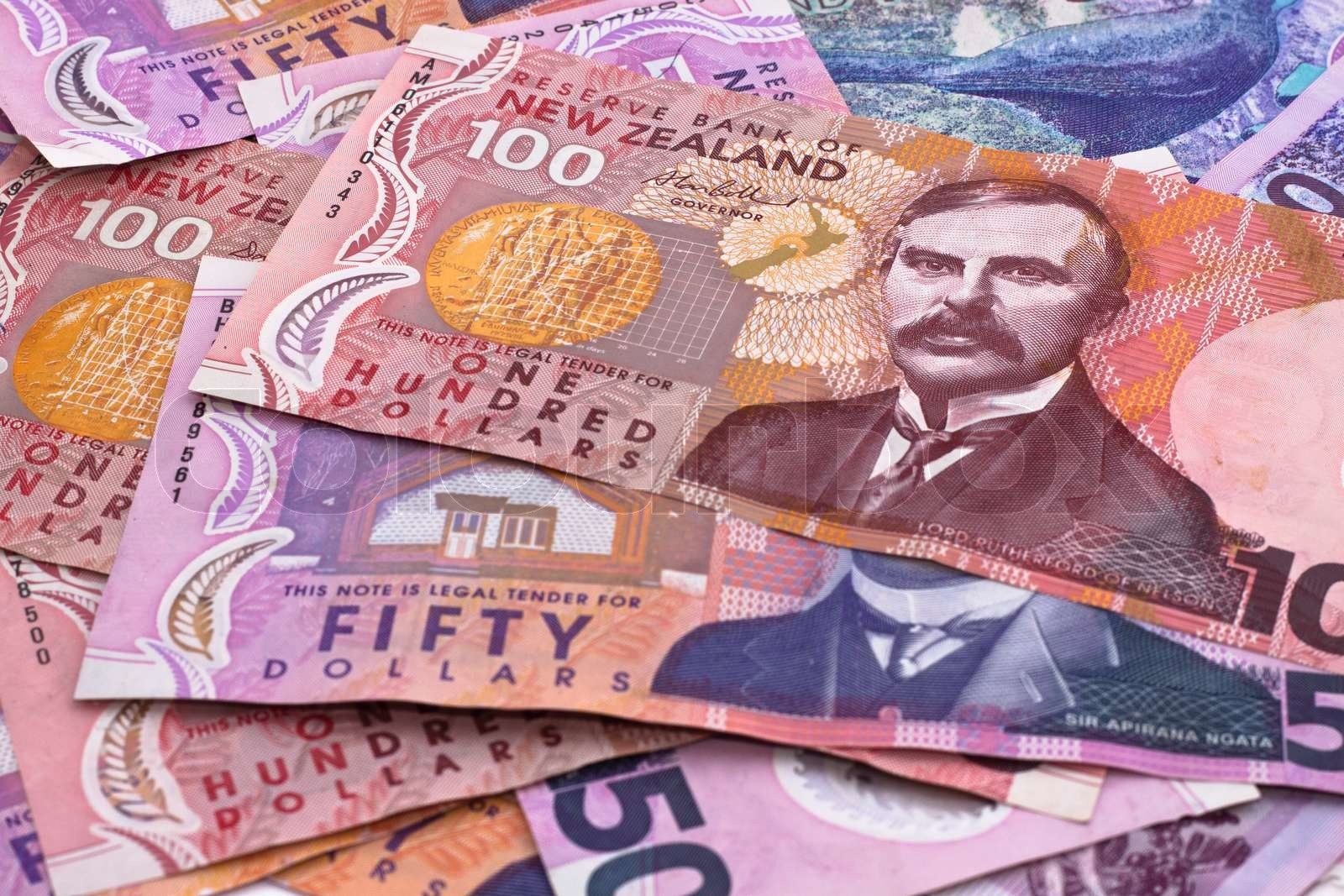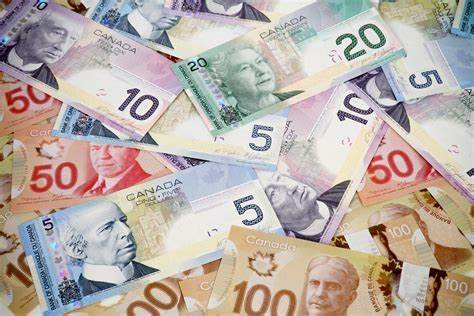NZD/USD Forecast: Kiwi Poised to Extend Rally Toward 0.6100 on Weak US Data, Bullish Momentum
NZD/USD currency pair rallied to a seven-month high at around 0.6055, on the back of widespread strength in the New Zealand Dollar and weakness in the US Dollar despite persisting US-China trade tensions on weak US economic data. The Kiwi remained upbeat despite sustained US-China trade tensions, drawing strength from declining US Treasury yields and dovish Federal Reserve expectations. Technically, the pair is close to a bullish breakout through the consolidation range, with leaders such as the 20-day EMA and RSI hinting at upward momentum. A sustained break above 0.6050 might pave the way for a rally towards 0.6100 and further. KEY LOOKOUTS • A break above this level might initiate bullish momentum towards 0.6100 and 0.6145. • Any additional softness in US data can boost bets on a Fed rate cut, putting pressure on the US Dollar. • Escalating tensions might affect risk sentiment and indirectly burden the NZD given New Zealand’s trade relationships with China. • The bullish flag pattern, increasing 20-day EMA, and RSI above 60.00 all indicate further potential to go higher. NZD/USD pair maintains its rally, hitting a new seven-month high of around 0.6055 as the New Zealand Dollar trounces peers. The strength holds despite persistent US-China trade tensions, demonstrating the Kiwi’s resilience in a world filled with uncertainty. Subpar US economic data, such as weak ADP employment and ISM services data, has weighed on US Treasury yields and stoked hopes for a possible Fed rate reduction, further eroding the US Dollar. Technically, the couple is set to report a bullish break out of its latest consolidation range with momentum indicators such as the RSI and 20-day EMA favoring the move higher. A clean break above 0.6050 could set the stage towards the 0.6100–0.6145 resistance area. NZD/USD reaches a seven-month peak at around 0.6055 due to US Dollar weakness and healthy Kiwi demand. Bullish technical indications point towards a near-term breakout towards 0.6100. Weak US data and expectations of Fed rate cuts continue to pressure the Greenback. • NZD/USD reaches a seven-month peak at around 0.6055, propelled by general Kiwi strength. • Weak US economic indicators (ADP jobs, ISM Services) pressure US Treasury yields and the USD. • Speculation of Fed rate cut weighs on the US Dollar Index around 98.60. • US-China trade tensions continue, but the NZD stays resilient to potential threats. • Breakout expected technically, as NZD/USD nears the upper end of a bullish flag pattern. • RSI rises above 60, and the 20-day EMA steepens, indicating bullish momentum. • Next resistance levels are 0.6100 and 0.6145, while major support is at 0.5846. The NZD/USD pair has gained strong traction, reaching a seven-month high as the New Zealand Dollar outperforms amid a backdrop of global uncertainty. Despite ongoing tensions in US-China trade relations, the Kiwi has shown resilience, supported by investor confidence in New Zealand’s economic stability. Statements from the previous US President Donald Trump on how hard it is to get a trade deal done with China have raised geopolitical concerns without suppressing demand for the NZD. This level of strength is particularly surprising considering New Zealand’s close economic relationship with China, and it shows the market’s faith in the Kiwi currency. NZD/USD DAILY PRICE CHART CHART SOURCE: TradingView At the same time, the US Dollar is under pressure from soft local economic data. The most recent ADP Employment Change and ISM Services PMI for May missed expectations, which raised doubts regarding the health of the US labor market and service sector. These reports have resulted in lower US Treasury yields and heightened speculation regarding monetary policy easing by the Federal Reserve in future meetings. In turn, investors are turning away from the USD, and this provides additional support to NZD/USD appreciation in the larger market environment. TECHNICAL ANALYSIS NZD/USD is showing robust bullish momentum as it nears the upper limit of a Bullish Flag pattern, traditionally a continuation signal that foretells additional upside. The pair has moved out of its range of consolidation between 0.5846 and 0.6024, and this points to the possibility of an extended rally. The 20-day Exponential Moving Average (EMA) is pointing higher at 0.5925, supporting the upward trend. Furthermore, the 14-day Relative Strength Index (RSI) has moved past the 60.00 threshold, indicating building buying pressure. In the event that the pair remains above the level of 0.6050, it may reach the next significant resistance points of 0.6100 and 0.6145. FORECAST NZD/USD can see further upside if it continues above the 0.6050 level. A breakout above this level, supported by good technicals and weak US Dollar sentiment, could see the pair towards the next hurdle of 0.6100, then 0.6145. Ongoing weak US economic news, dovish Federal Reserve expectations, and calm risk appetite would also see the pair see the bullish path through. Conversely, if NZD/USD cannot maintain a level above the 0.6050 region and comes under renewed pressure from external risk factors—like rising US-China trade tensions or higher-than-expected US data release—the pair may retreat. A fall below the May 12 low of 0.5846 would leave it vulnerable to further downside towards the 0.5800 psychological level, with further support at the April 10 high of 0.5767.





